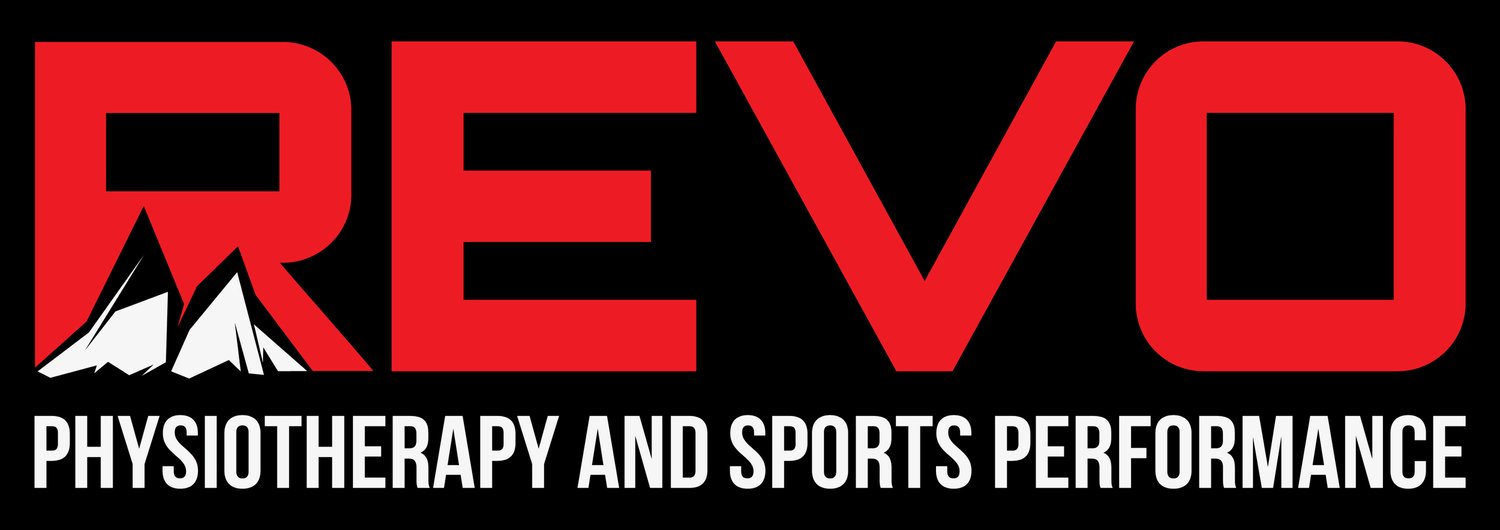How Can We Avoid Overtraining?
Last month we learned a little about how to recognize signs and symptoms of overtraining. I started with that post because most endurance athletes are well into it before they recognize. What’s MORE important, of course, it’s avoiding overtraining in the first place. There are 3 main strategies I see in doing this:
Track your training
Recover as hard as you train
Hire a coach
TRACK YOUR TRAINING
This seems obvious, but maybe not to everyone. Whether we’re in the midst of a training block or working through a lower volume season (some folks call it off-season), we should have a reliable means of tracking our training. Various apps like Strava and Whoop can help with this, but it’s not always obvious what the numbers mean, so they can be difficult to interpret. In some cases, you need to subscribe to an aspect of their services to obtain that data, which can be a barrier.
Outside of a Strava or Whoop subscription, how can we track our training? My suggestion is session RPE (Rate of Perceived Exertion). It takes a bit more work, but it’s completely free, simple to interpret, and very specific to YOU and YOUR training. Session RPE (sRPE) is the volume of perceived effort in a single bout of exercise. RPE is a 1-10 scale you can use to measure the intensity of your exercise and is based on how hard you felt you were working.
There is a LOT of data behind RPE and how it correlates to our fitness, stress, VO2max, and recovery. When we learn how to use it, the scale can be an excellent measure of our overall training load. Every coach uses a different means of helping their athletes conceptualize the scale. I use something along the lines of:
1 = Sitting on the couch
10 = Running from a very hungry bear
You can imagine your effort level in each of these scenarios, yes? In between 1-10 is where most of our exercise happens. For endurance athletes, runners especially, most of our miles are in the 3-4 zone. This zone is most commonly referred to as the “Talk Test” - you need to be able to hold a conversation while you’re moving. Some miles for endurance athletes come in the 7-8 zone where you can get out just a few words at a time, instead of a full paragraph as in the 3-4 zone. That’s the RPE.
Now, you might have different zones within the same workout. You might spend 10 minutes of your 30 minute run at 7/10, while the other 20 minutes are at 3/10. This is when sRPE comes in handy where apps fail. An app asks you to rate your overall exertion from start to finish. Session RPE allows you to split your efforts and be much more specific about your total exertion.
Take the top line of the example I’ve built for you HERE. Say you had a 40 min run in which you ran 10 intervals of 3 min easy followed by 1 min hard. You end up with 30 min total “easy” and 10 min total “hard”. Instead of having to bother with crunching all the numbers, or worry about the imprecision of an app, you can simply enter your times at effort (generally) in this spreadsheet and it will populate for you.
Admittedly, this does take a little more work than just plugging in a general value on Strava, BUT it IS more precise and teaches you how to be more mindful of effort in your training. This way, you know exactly what the numbers mean, and a graph tracking the ebbs and flows of training ends up making a lot more sense than interpreting what you get on Strava.
RECOVER AS HARD AS YOU TRAIN
If you follow me on social media, no doubt you’ve heard me talk about recovery - I’m in your ear/eyes about it all the time. The reason I post about it so much is because it’s SO important and remarkably undervalued or underutilized by hoards of athletes.
The adage is the same year over year, but I heard it from Dr. Stacy Sims first - Your fitness is only as good as your recovery. Hopefully, it’s no longer news that our bodies need time to recover from our efforts. Unfortunately, I think the definition of recovery has been clouded with incomplete information.
I define recovery as everything that happens between when one workout stops and another begins. You could probably stretch it further, but this is a pretty simple way to perceive it. Further, recovery can be defined as everything you can do to help your body reform itself after the breakdown that takes place during workouts.
When we define it this way, what are the first things that come to mind in recovery? Hopefully, you’re thinking of sleep (sleep, and more sleep), nutrition, and hydration. If your first thoughts were foam rolling and compression boots, you weren’t wrong, but we need to help you prioritize.
Sleep, nutrition, and hydration should always be top of mind between workouts - these are where most of our recovery takes place. The other stuff - compression boots, foam rolling, stretching, massage, etc. - all has a place, but they shouldn’t be the first things you consider when planning your own recovery.
If you need help prioritizing your recovery, I’ve made a FREE game/guide to help you organize your recovery efforts. Download it HERE!
HIRE A COACH
Think about it. When do we get our best work done? When we know the plan, we can see its purpose, and when someone is holding us accountable to it. That’s exactly what a coach does. Any coach worth their salt will help you design a plan that draws a map from your current state toward your goal. Not only can they help you draw the map, they can help you reorganize it as your goals change, or as life changes and things inevitably get in the way. They can also hold you accountable to the map and moving toward your goals, making sure you hit all the targets along the way.
If you have a specific goal in mind a coach is always your best bet to keep you on track and keep you honest with your training. This way, you don’t under or overload yourself along the way, setting yourself up for injury or the horrible frustration that comes with overtraining “syndrome”.
Sure, hiring a coach may sound expensive, but what would it be worth to you to know someone always has your back and is always trying to guide you away from injury or overtraining? What’s more - what would it be worth to you to KNOW without a shadow of a doubt you’re going to crush your goal because someone is showing you the way?
WRAP IT UP, WOODERSON…
This is what my son says when his bedtime stories get too long. I’m completely serious. Thankfully, he still calls me Dad.
This was a long one, I know. Thanks for hanging with me so far! Hopefully, you can tell I’m passionate about this and really want you to stay healthy while you pursue your goals. Where to start, though? If you don’t have a very specific goal in mind, start with dialing in your recovery. These are the highest value practices for ANY athlete and can be some of the hardest to change. If you’re set there, then track your training more consistently using the form I linked for you. If you’ve got another method you like, go for it! Finally, if the first two are dialed and you’ve got a big goal in mind, hire a coach. Sure, you could do it by yourself, but a coach can do it all for you and even increase your odds of success.
Have fun out there, Friends!

